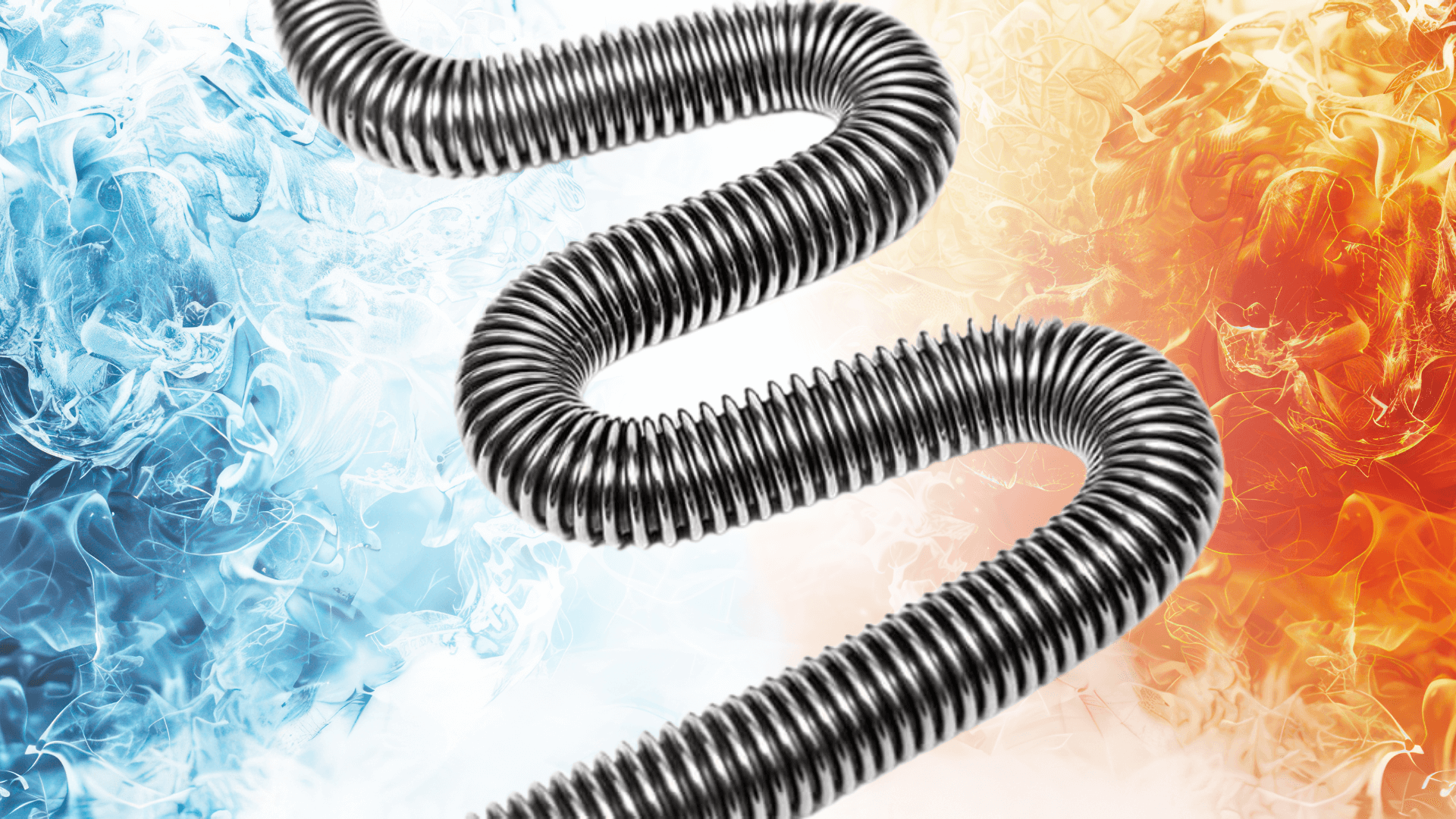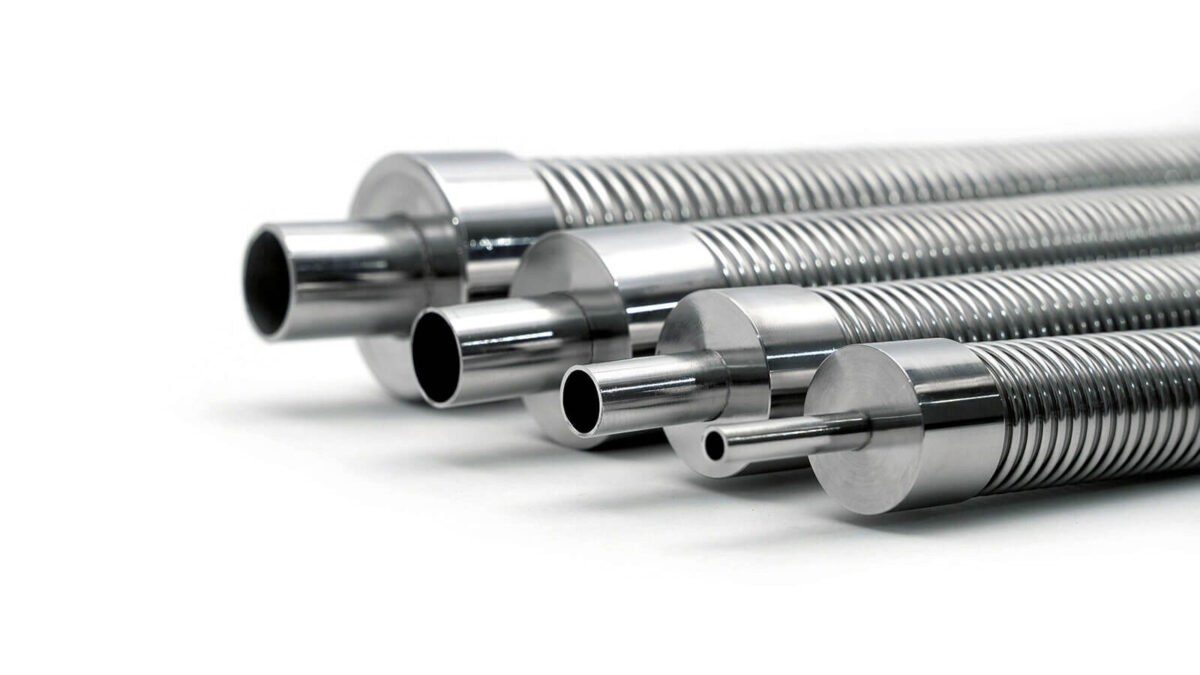As semiconductor technology continues to advance, chiller manufacturers and accessory suppliers are under increasing pressure to achieve colder and colder temperatures. Applications such as cryogenic etching require extremely low temperatures to achieve complex microstructures, and a highly efficient cooling system is required to reliably conduct these processes.
As chiller temperatures get colder, supply and return lines require higher performance thermal insulation to minimize heat ingress as the fluid travels to and from the tool. Vacuum insulated hoses, which the cryogenic industry has depended on for decades, are becoming increasingly popular for chiller fluids. By replacing conventional chiller hoses with vacuum jacketed hoses, semiconductor fabs can achieve the following objectives:
- Produce the highest quality chips possible
- Optimizing energy consumption and improving efficiency
- Reducing installation and maintenance costs
- Minimize downtime to maximize yield
Produce the highest quality chips possible
Ultra-low temperature chillers generate process temperatures as cold as -100 Celsius. However, once the fluid leaves the chiller, the temperature begins to increase. To ensure the fab can control and manipulate the process temperature as needed, the chiller hoses must be insulated with a high performance insulation material.
Optimize energy consumption and improving efficiency
Chillers are among the most energy-consuming systems within a typical modern fab. Any plan to significantly reduce operational costs and improve overall energy consumption — without sacrificing production quality or yield — requires careful attention to chiller hoses.
Reduce installation and maintenance costs
Vacuum jacketed hoses have thermal insulation technology built into the double-walled structure. The pre-insulated hose can be installed in just one step, saving time when compared to other insulation materials. Other materials must be wrapped, clamped, or otherwise installed after the tubing is already in place. By helping semicon fabs save time, vacuum jacketed hoses can reduce maintenance and installation costs.
Minimize downtime to maximize yield
Some vacuum jacketed hoses do require pump down maintenance to keep the vacuum barrier at low levels, which can result in downtime and lost productivity. Semicon fabs that want to minimize downtime and maximize yield use Insulon vacuum jacketed hoses, which do not require pump down maintenance.
Explore more resources:

Insulate coolant lines in high temperature environments

The right insulated hoses reduce load on temperature control equipment


